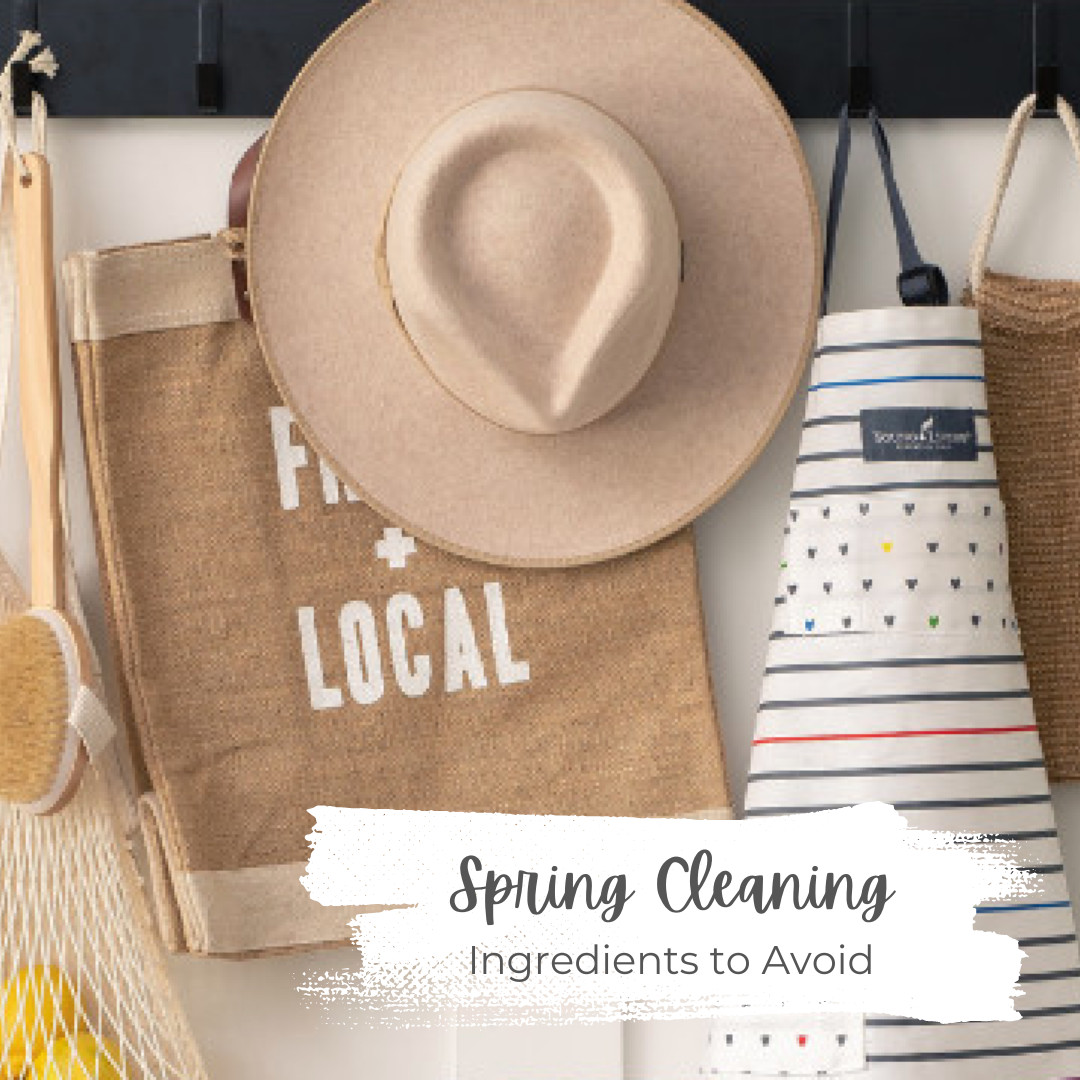
As spring arrives, it brings the perfect opportunity for a fresh start with spring cleaning. However, before diving into cleaning routines, it's crucial to examine the ingredients in household cleaners. Surprisingly, cleaning products were responsible for nearly 10% of all toxic exposures reported to U.S. Poison Control Centers in 2000, with a significant number involving children under six. With no strict federal regulations on household product ingredients, it's important for individuals to become savvy about reading labels to protect their families.
One of the major ingredients to be cautious of is synthetic fragrances, which are found in almost every household product, from cleaners to body care items. These artificial scents are a mix of undisclosed ingredients, including potential carcinogens, allergens, and toxic chemicals. Despite the pleasant scents they provide, synthetic fragrances can be harmful to health, highlighting the need for transparency in ingredient disclosure by companies. Furthermore, the deceptive practice of greenwashing by companies makes it challenging to identify truly clean products, emphasizing the importance of being vigilant about product selection.
In addition to synthetic fragrances, other harmful ingredients include parabens and phthalates, which are known endocrine disruptors, sodium lauryl sulfate (SLS), a harsh chemical found in a vast array of products, and Triclosan, an antibacterial agent that can disturb the endocrine system. By steering clear of these top offenders, individuals can make significant strides towards healthier living and a safer home environment. This journey towards low-tox living is a gradual process of learning and making better choices for one's health and the environment.
Read more...


